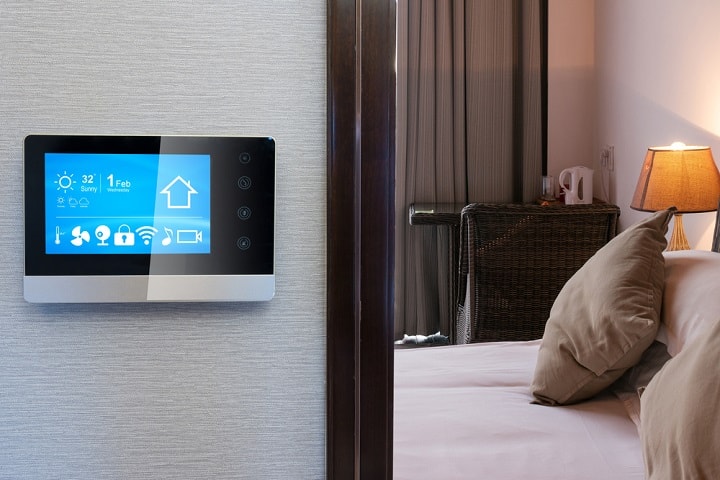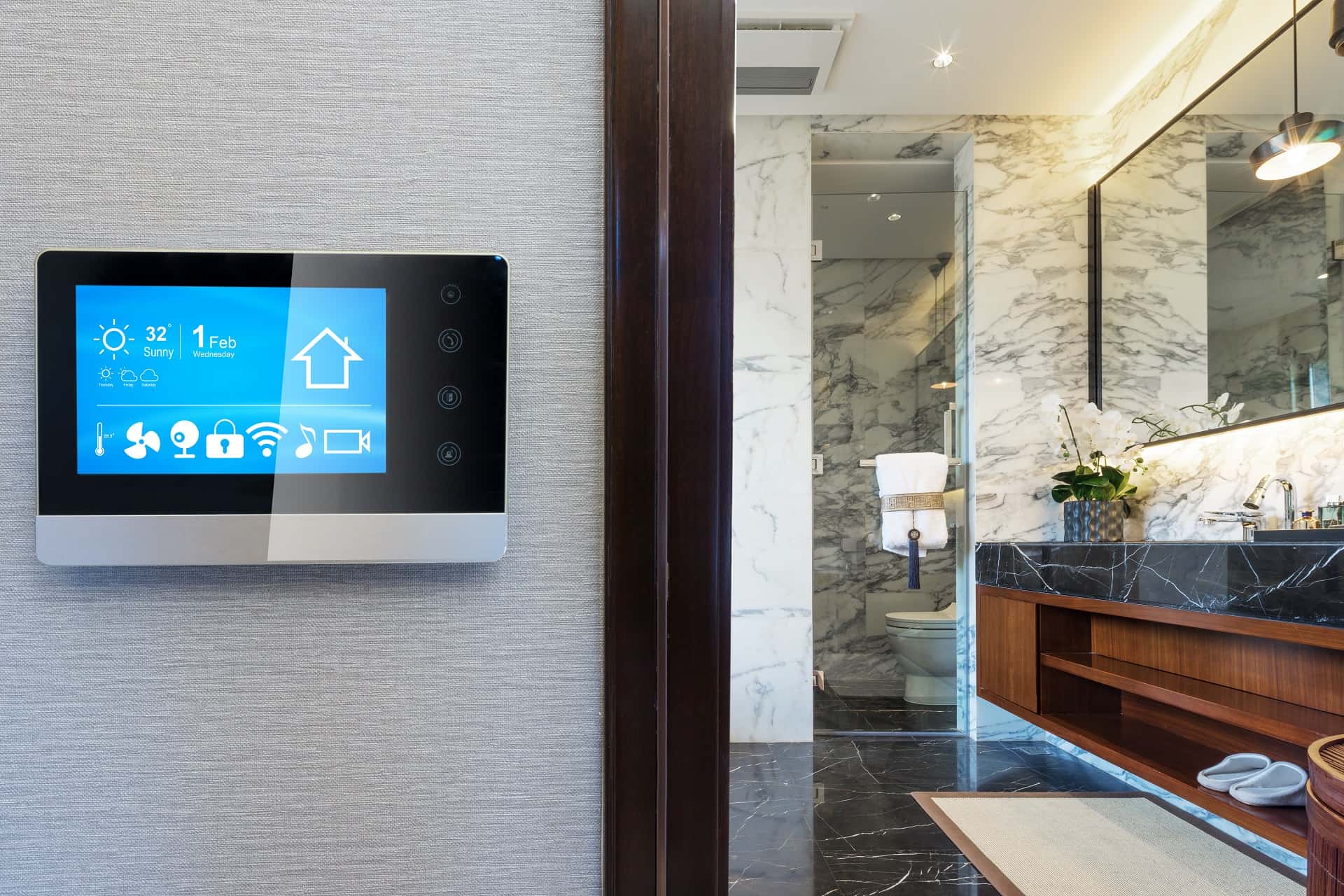Voice assistants are pretty common now, and they can make daily tasks easier. At the same time, they collect a lot of information, which can make some people worry about privacy. If you use voice assistants at home or work, you might wonder how much data is being stored and what you can do to keep your information safer. This post breaks down how voice assistants gather and use data, what you can do to adjust privacy settings, and simple tips to keep your conversations more private. If you want to use these devices without giving up too much control over your personal details, read on for some helpful steps and ideas.
Understanding Data Collection by Voice Assistants
Voice assistants work by listening for a wake word and then recording what you say. After hearing the wake word, your voice is sent to be processed to figure out what you want it to do. Most voice assistants send this data off to servers in the cloud to be processed (unless you’re using Home Assistant’s local wake word). Sometimes the voice assistant also keeps short recordings to help improve how it works over time. Your device may also collect background noise, location data, and information about how you use the assistant.
The most common types of data stored by voice assistants include your voice recordings, search queries, answers you receive, and details about your device. Some assistants also keep track of your contacts, calendar events, and shopping lists if you use those features. In some cases, they may save your location information and the times when you use certain commands.
Voice assistants use this data to make their features work better for you. For example, they may use past voice recordings to understand your speech patterns or learn your preferences. Some of the data is also used to offer reminders, suggest actions, or answer questions more accurately. The companies behind these assistants may also use the information to fix errors and add new features.
Adjusting Privacy Controls
Most AI voice assistants let you review and change privacy settings. You can go into the app or device settings and look for the privacy section. There, you may find options to turn off certain features or limit what the assistant can listen to. Some devices let you stop the assistant from saving voice data or stop it from listening for wake words unless you press a button. Checking these settings every so often can help keep your information more private.
Managing your voice recordings and history is another step you can take. Many popular voice assistants store your voice commands so they can give better results in the future. You can often listen to these recordings, delete them one at a time, or clear your whole history. Clearing voice data can remove stored information, but it might make the assistant less accurate in understanding you. Still, some people prefer to delete their history for more privacy.
Limiting third-party app access is also something to think about. Some voice assistants work with other apps and services to do things like order food or play music. You may be able to pick which apps can connect to your voice assistant. Turning off access for apps you do not use or trust can keep your personal data from being shared. Checking app permissions in your settings is a way to control what information is shared with other companies.
Everyday Tips for Protecting Privacy
Where you put your voice assistant makes a difference. If you place it in a busy room, it may pick up more background noise or conversations. Some people keep their device away from private areas like bedrooms or home offices to help lower the chance of unwanted listening. It is a good idea to think about which rooms you use for private conversations before picking a spot for your device.
Turning off the microphone when you do not need it can be a simple way to limit listening. Many devices have a physical button or switch that turns off the mic. Some may also have a voice command to mute the device. If you are having a private conversation or do not want your assistant to listen, using this feature can help keep your words private until you are ready to use the device again.
In Summary
Finding a balance between privacy and convenience with AI-driven voice assistants is possible if you pay attention to your settings and habits. These devices can make life easier, but they work by collecting information that you may want to keep private. By checking privacy settings, managing your voice recordings, limiting app access, and thinking about where you place your device, you can lower the risk of unwanted data collection. It also helps to use features like muting the microphone and setting up user permissions. Taking these steps gives you more control over what information you share while still using the features that make voice assistants useful.




